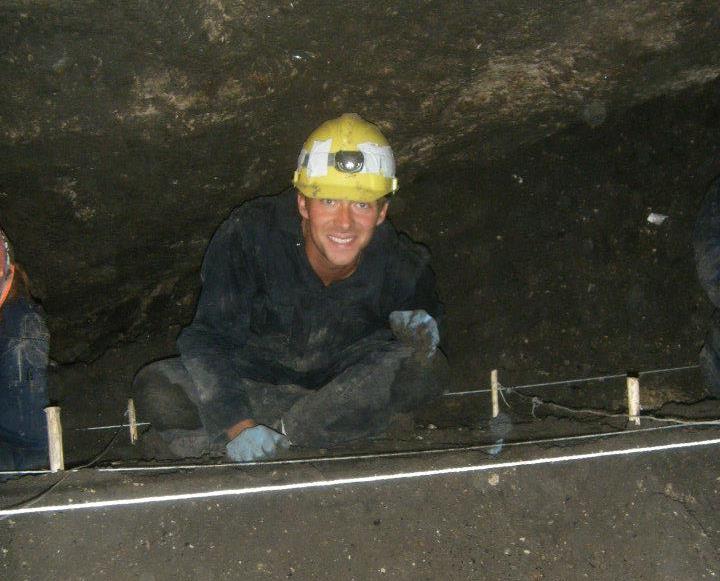Affiliation: University of Wisconsin, Oshkosh

Jordan Karsten is Assistant Professor with the Department of Religious Studies and Anrthopology at the University of Wisconsin, Oshkosh, and he holds his degrees from Grand Valley State University and the State University of New York at Albany (MA and PhD). He is a biological anthropologist with research interests in human osteology, bioarchaeology, forensic anthropology, and paleoanthropology. A major focus of his current work has been investigating the biological and behavioral consequences of the transition to agriculture in prehistory, carried out through the analysis of human skeletons dating to the Neolithic period that he has excavated from Verteba Cave, Ukraine.
Recent developments in ancient DNA research have allowed archaeologists to reconstruct human migrations in ways that are reshaping our understanding of the past. One of the most remarkable aspects of this new research has been the recognition of two large-scale migrations in European prehistory. The first included the migration of Neolithic farmers into Europe from the Near East, while the second involved the movement of nomadic pastoralists out of the Pontic-Caspian steppe at the close of the Neolithic and beginning of the early Bronze Age. Many archaeologists and paleogeneticists have gone so far as to suggest this massive movement of people from the steppe was the mechanism that spread Indo-European languages and established modern European genetic signatures. However, these events remain imperfectly understood. For example, to what extent did expanding Neolithic farmers interbreed with existing Mesolithic hunter-gatherers? How did Neolithic farmers who neighbored the steppe populations interact with this important group? Is there any evidence for intergroup conflict associated with these massive population movements? These questions have been the focus of our research at Verteba Cave, Ukraine, one of the only known mortuary sites associated with the farmers of the Late Neolithic that bordered the steppe. The skeletal and genetic data we have collected from Verteba Cave are beginning to shed additional light on these extremely consequential time periods in European population history.
Short bibliography and/or website on lecture topic:
Anthony, D. W. (2010). The horse, the wheel, and language: how Bronze-Age riders from the Eurasian steppes shaped the modern world. Princeton University Press.
Wakabayashi, K., Schmidt, R., Gakuhari, T., Koganebuchi, K., Ogawa, M., Karsten, J., & Oota, H. (2017). Analysis of ancient human mitochondrial DNA from Verteba Cave, Ukraine: insights into the origins and expansions of the Late Neolithic-Chalcolithic Cututeni-Tripolye Culture. bioRxiv, 217109.